Succulents Too Big For Pot – How To Repot Succulent Arrangements
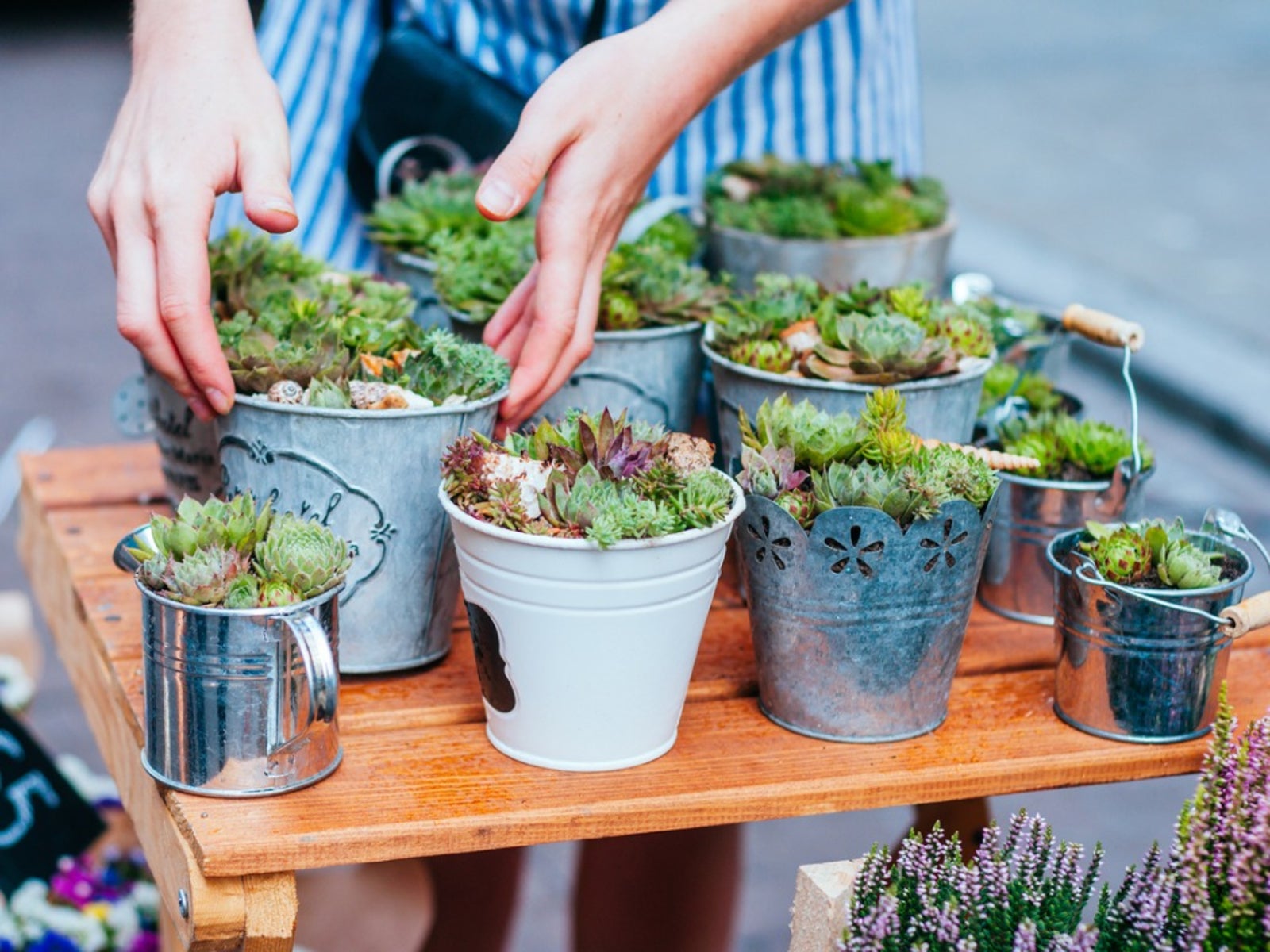

Bonnie L. Grant
Succulents are known as one of the easier plants to grow. They make excellent houseplants and come in a myriad of forms, sizes, and colors, with some even producing glorious blooms. This group of plants is quite stoic regarding pot size, with many preferring to be pot bound for years. But eventually, even succulents need repotting, and timing, soil, container size, and follow up care are important.
Should I Repot My Succulent?
If your mixed container of succulents seems to be outgrowing its pot, it's time to replant. If your plants have been in the same container for months or even years, they’ve depleted the soil and have likely removed all the nutrients from it. So, even if the plants don't need to be moved to a new pot, they will benefit from repotting into new succulent-specific soil mix that's fortified with fresh minerals and vitamins.
Even if you fertilize your succulents, changing the soil is important for all plants that live in containers. It's good for the plants to have expanded room for the root system to continue growing. The top portion of the plants grows according to the size of the roots. So, whatever the reason, repotting succulent plants is a necessary task. Make it one that’s fun by dividing plants when needed and creating an interesting display.
When to Repot Succulents
Before we go into how to repot succulents, timing should be discussed. Most plants, and succulents are no exception, experience a dormant period in winter. Lower light levels, the shorter duration of light, and cooler temperatures signal a plant to hibernate and suspend active growing.
The best time for repotting succulents is in late fall to very early spring. During these months, the plant will just be biding its time until the warmer, sunnier season and is less apt to be damaged by uprooting it and repotting. Repotting succulents in the active growing season can damage stems, leaves, or roots, so it is best to time things when the plant is dormant.
Getting Ready to Repot Succulents
Water plants well before repotting. You’ll need to let them dry out before removing them from the container. Skip this step if you’ve recently watered. The goal here is to get the plant’s leaves filled up with water, so it can go for a few weeks without needing to be watered again right after repotting.
Choose a bigger container if you are moving succulents that have gotten too big for their old pot. The size of container and the soil type are important considerations prior to repotting the plant. Knowing the growth rate can be helpful in determining the size of a container.
Gardening tips, videos, info and more delivered right to your inbox!
Sign up for the Gardening Know How newsletter today and receive a free copy of our e-book "How to Grow Delicious Tomatoes".
The type of container may be an issue as well. Desert type succulents do not like to be in wet soil. Using a terracotta or other unglazed pot will allow evaporation of any extra moisture, keeping the roots healthy. Most succulents do not have deep root systems. Therefore, a fairly shallow container is sufficient. Select a container that is just slightly larger than the plant’s footprint. It's also absolutely essential that the container have a drainage hole, preferably several.
If you want to put your succulents back into their current pot, choose which plants you’ll remove from the arrangement. Some plants may have doubled with new shoots. You can repot only part of a plant if desired.
Soil is one of the most crucial elements. Regular potting soil does not drain well enough to protect some succulents from waterlog and root rot. Commercial succulent soil or cactus soil is usually easy to find at garden stores. Alternatively, you can make your own. Desert succulents like gritty soil that is well draining. Mix together 3 parts potting soil, 2 parts grit such as sand, and 1 part perlite or pumice. This will allow for good drainage and provide an appropriate habitat for desert varieties.
Rainforest succulents need a bit richer soil, but it should still be well draining. These can be repotted using regular potting mix. Plants like Christmas cactus need a soilless mixture. 1 part succulent mix, 1 part orchid mix, and 1 part sand or gravel will make the best medium for such plants.
How to Repot a Succulent
Slide the edge of your hand, spade, or large spoon to the bottom of the pot and under the plant. This will help you to take the complete root system.
Try to remove each plant without breaking any roots. This is difficult, and impossible in some situations. Make cuts through roots and soil to make it easier to remove them. Shake off or remove as much of the old soil as you can. Before replanting, treat the roots with rooting hormone or cinnamon. If roots have broken or if you’ve cut them, leave them out of the pot for a few days to callous over. Replant into dry soil and wait for ten days to two weeks before watering.
After repotting desert succulents, wait a few days to water. Other varieties may be watered in at transplant.
How to Repot Succulent Arrangements
If you’re repotting into the same planter, remove all the plants as mentioned above and put them to the side until you wash the container and fill it with fresh soil. If no roots were broken, you may moisten the soil. Put broken roots into dry soil only to avoid root damage and rot. Leave an inch or two (2.5-5 cm) between plants to allow for room to grow.
Fill the container almost to the top so the succulents sit on top and are not buried in the pot.
Return the pot to a location with lighting similar to what they were previously accustomed.
Repotting Cuttings and Offsets
During the repotting of succulents it may be necessary to remove leggy or extraneous plant material. Propagating new succulents from these cuttings is extremely easy.
Many common succulent houseplants will produce offsets over time. These pups are the young form of the parent plant. In most cases they are easily divided away from the parent. Give the young plant a gentle tug to ensure it has developed sufficient roots to be separated. The offset should also be large enough to easily handle prior to division.
Use a sharp, sterile implement to cut the young plant away from the parent. If you are repotting a spiny or thorny plant, use thick gloves, items like kitchen tongs, or even wrap newspaper around the spikes for safe transfer to new containers. Simply place the cuttings in a new pot, and they should easily take root.
In the case of cacti, allow the cutting to callus for several days prior to placing it in a container with the same medium the original plant enjoyed.

Becca Badgett was a regular contributor to Gardening Know How for ten years. Co-author of the book How to Grow an EMERGENCY Garden, Becca specializes in succulent and cactus gardening.
- Bonnie L. GrantWriter
-
 Looking For Plants To Give You The Soft And Fuzzies? Try These 5 Fuzzy Leaf Plant Options
Looking For Plants To Give You The Soft And Fuzzies? Try These 5 Fuzzy Leaf Plant OptionsLovers of texture, drama, silver foliage and tactile plants will adore these special sensory garden additions. These fuzzy leaf plant options will leave you all aglow
By Susan Albert
-
 Get Ready For A Summer Of Hummers! Grow These Full Sun Hummingbird Plants and Flowers
Get Ready For A Summer Of Hummers! Grow These Full Sun Hummingbird Plants and FlowersIf you’re lucky enough to enjoy a sunny backyard, make sure you are maxing out on your pollinator opportunities and grow these full sun hummingbird plants and flowers
By Tonya Barnett
-
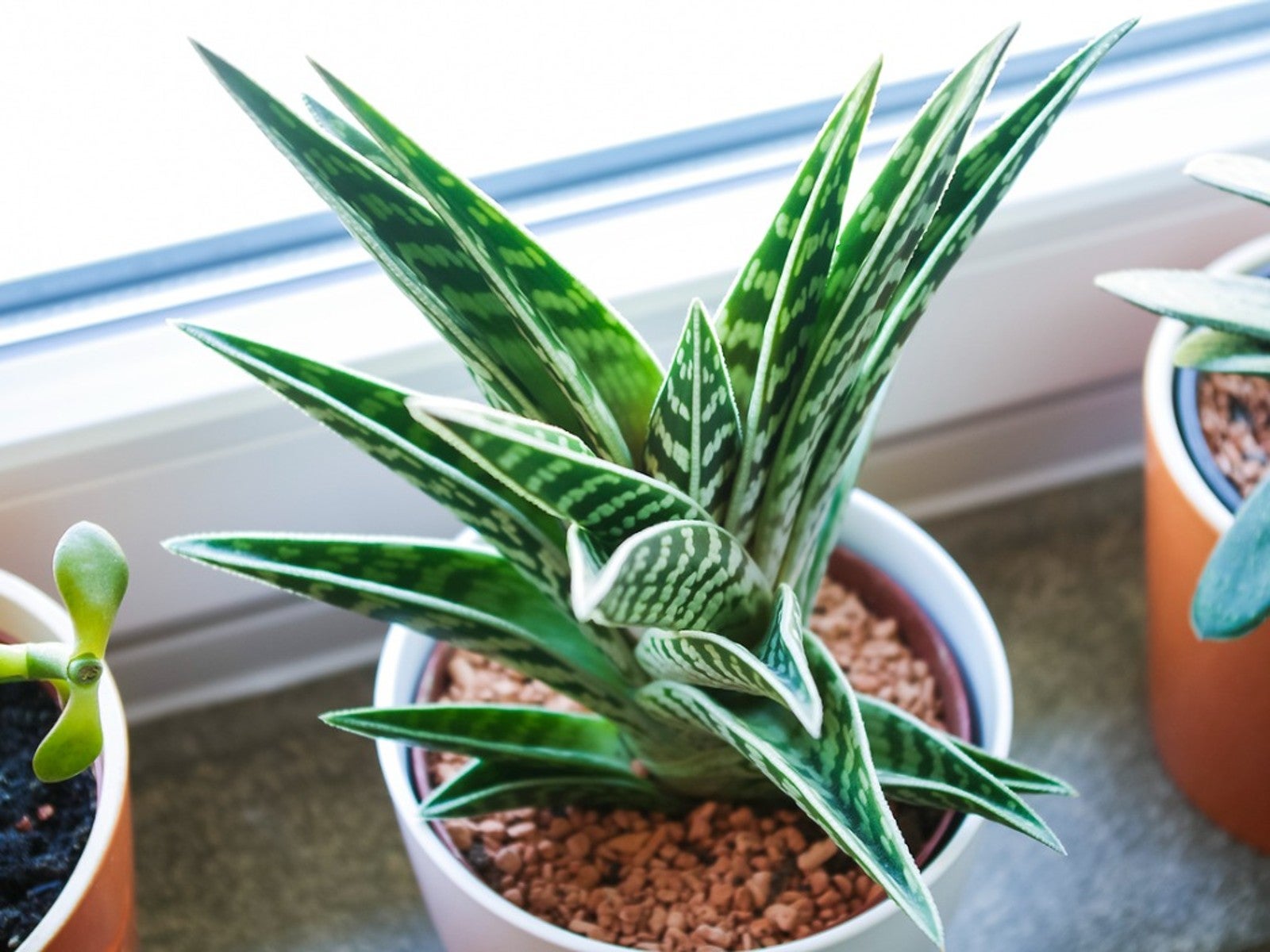 Variegated Succulents To Add To Your Plant Collection
Variegated Succulents To Add To Your Plant CollectionRead about some of the pretty variegated species that add beauty and interest to your succulent collection.
By Becca Badgett
-
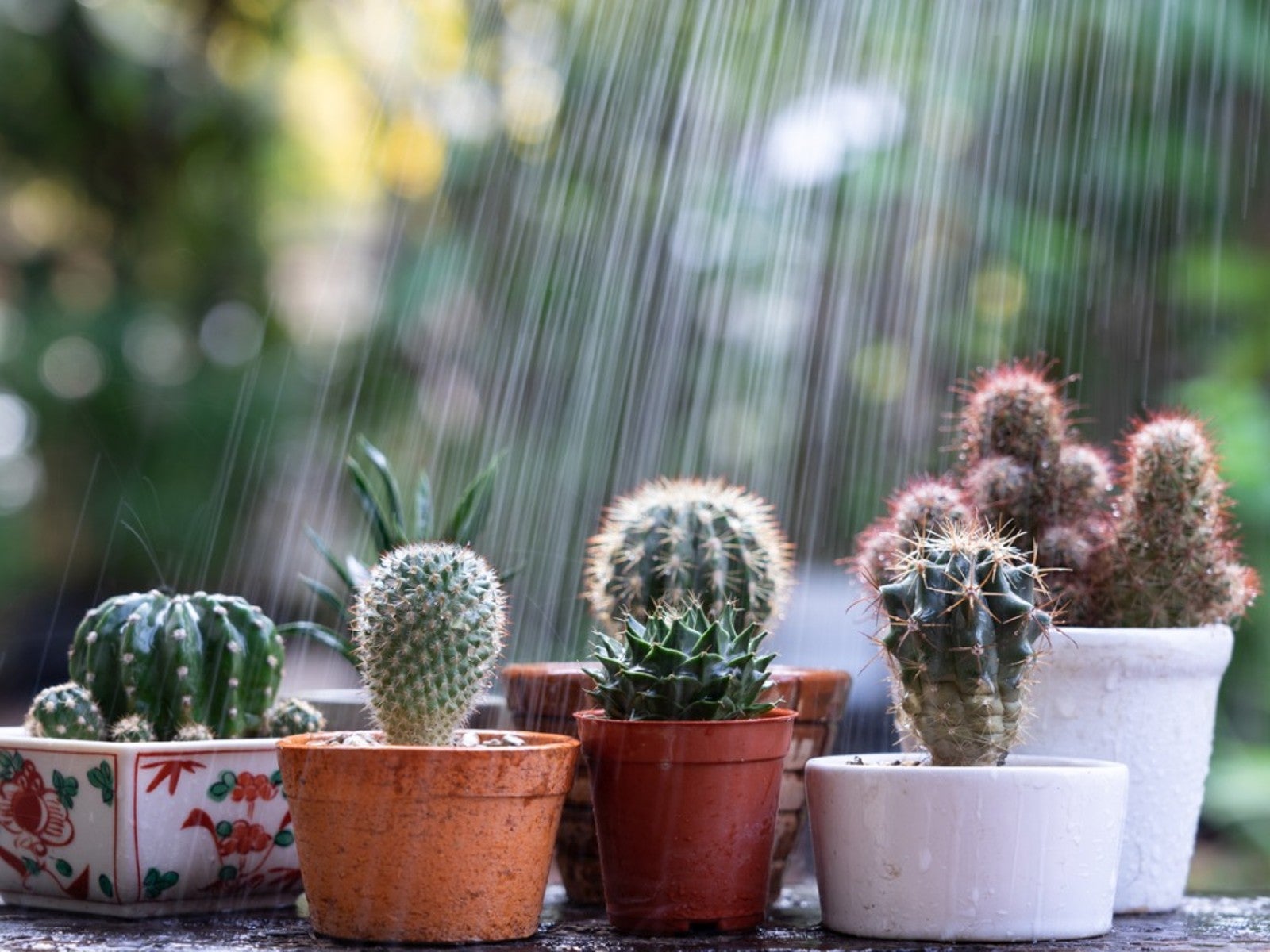 How To Protect Succulents And Cacti From Rain
How To Protect Succulents And Cacti From RainRain has the potential to cause damage to our cacti and succulents. However, when planted in proper soil, rainfall may perform as just a deep watering. Read on for more.
By Becca Badgett
-
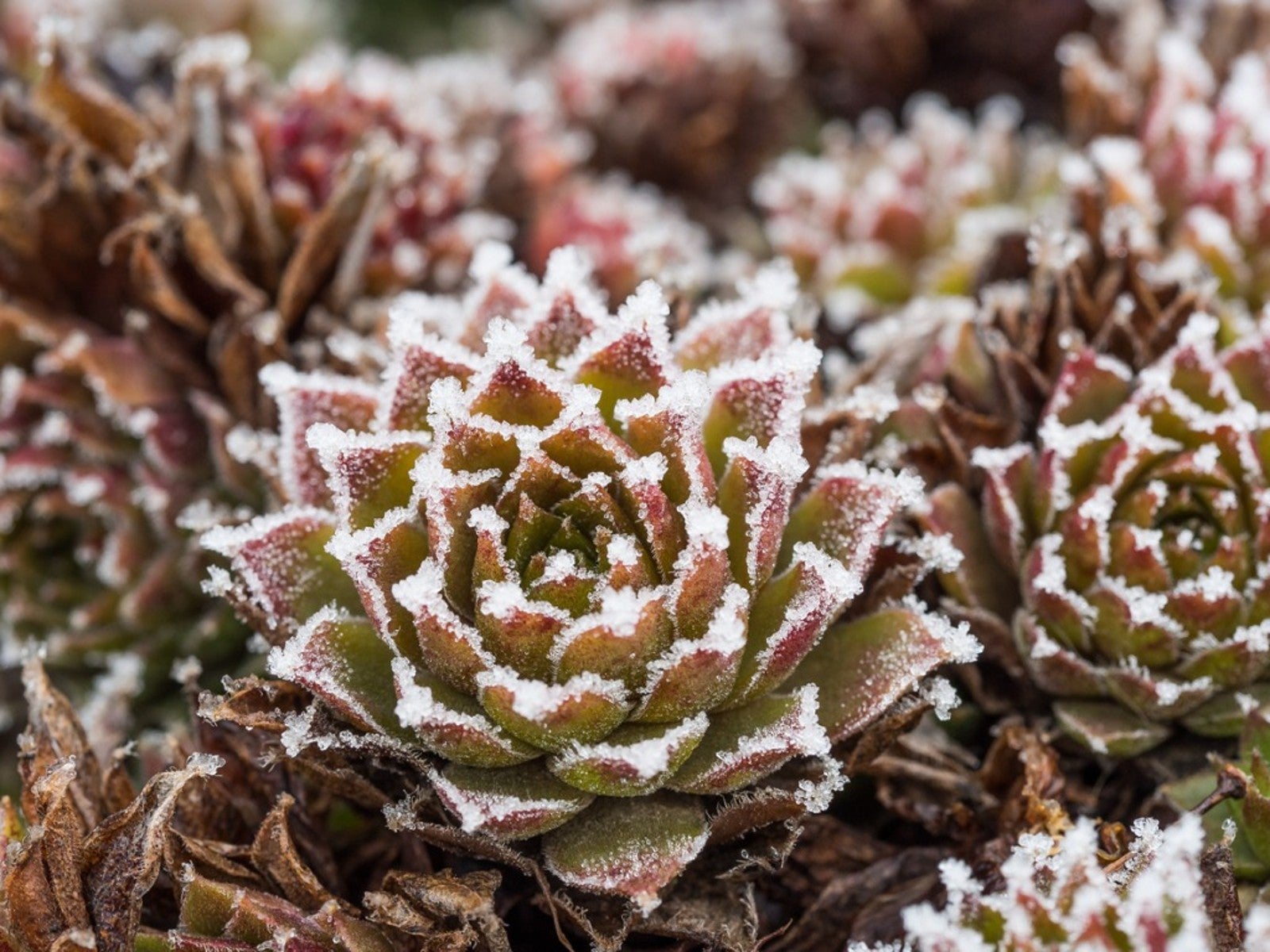 Succulents and Frost: How To Save A Succulent From Frost Or Freeze
Succulents and Frost: How To Save A Succulent From Frost Or FreezeCan succulents withstand cold? Succulents and frost don't traditionally go together and can result in damage, but you may be able to save frozen succulents.
By Bonnie L. Grant
-
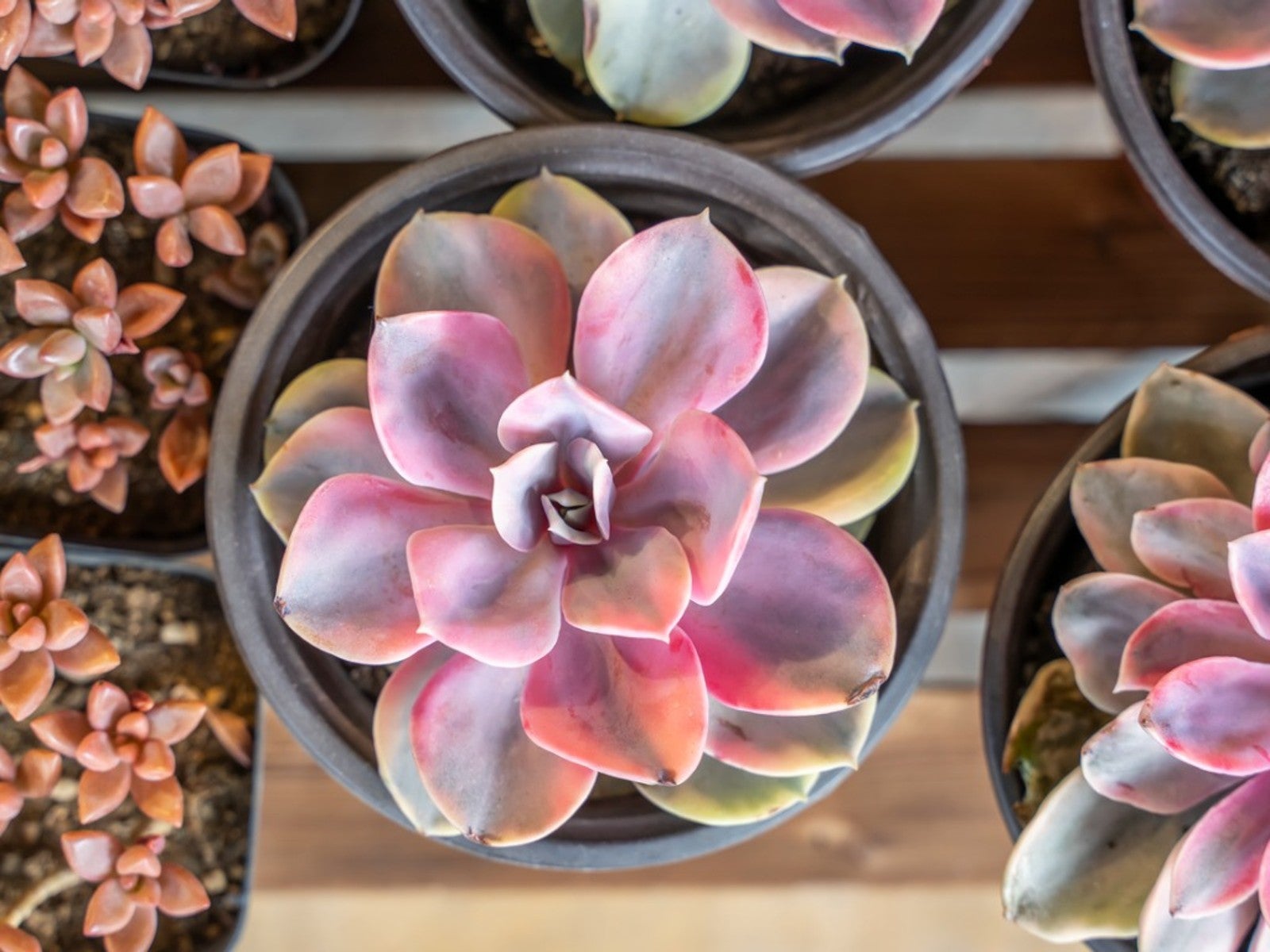 Pink Succulents Varieties To Try: How To Grow Perfect Pink Succulent Plants
Pink Succulents Varieties To Try: How To Grow Perfect Pink Succulent PlantsPink succulents may display the color on leaf edges or with streaks or blotches mingled throughout the foliage. Here are our favorites.
By Becca Badgett
-
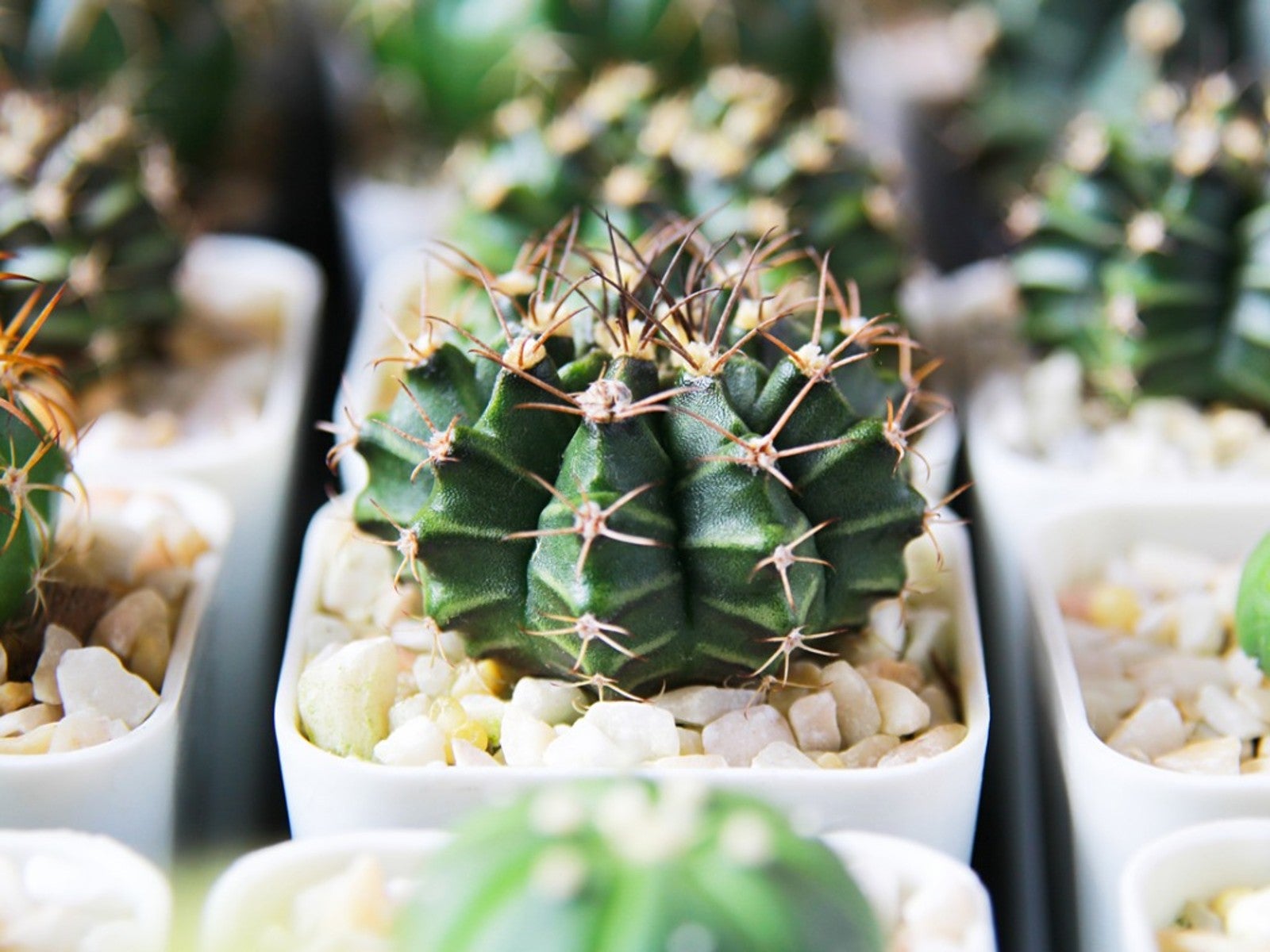 10 No Fuss Cacti - What’s The Best Low Maintenance Cactus
10 No Fuss Cacti - What’s The Best Low Maintenance CactusIf you’re thinking of adding plants to your collection, consider no fuss cacti. Click here for an easy cacti list, even for beginners.
By Becca Badgett
-
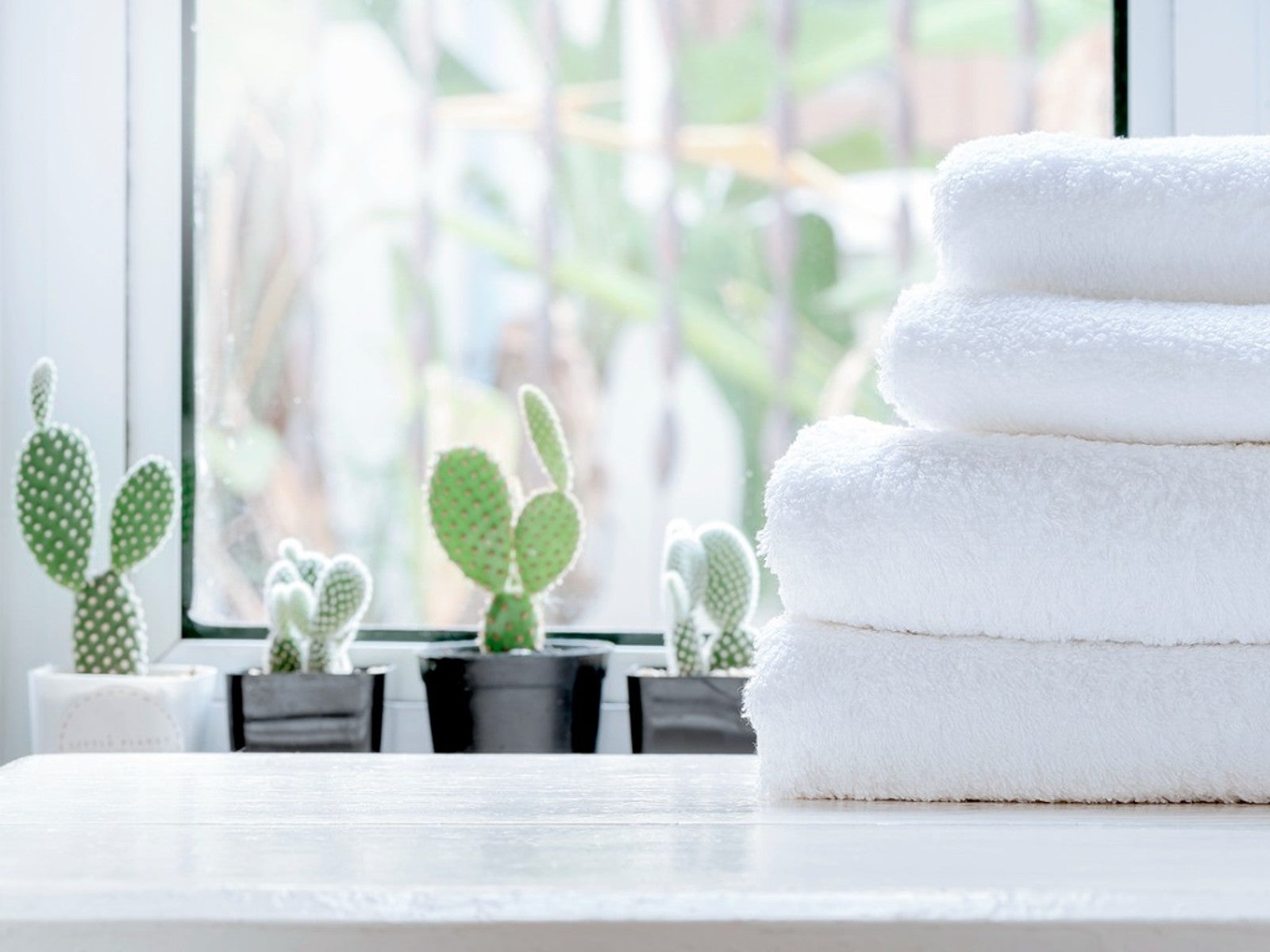 5 Best Succulents For A Bathroom
5 Best Succulents For A BathroomSome succulents can be great options for bathroom decoration. Read on for our top five bathroom succulent ideas.
By Becca Badgett
-
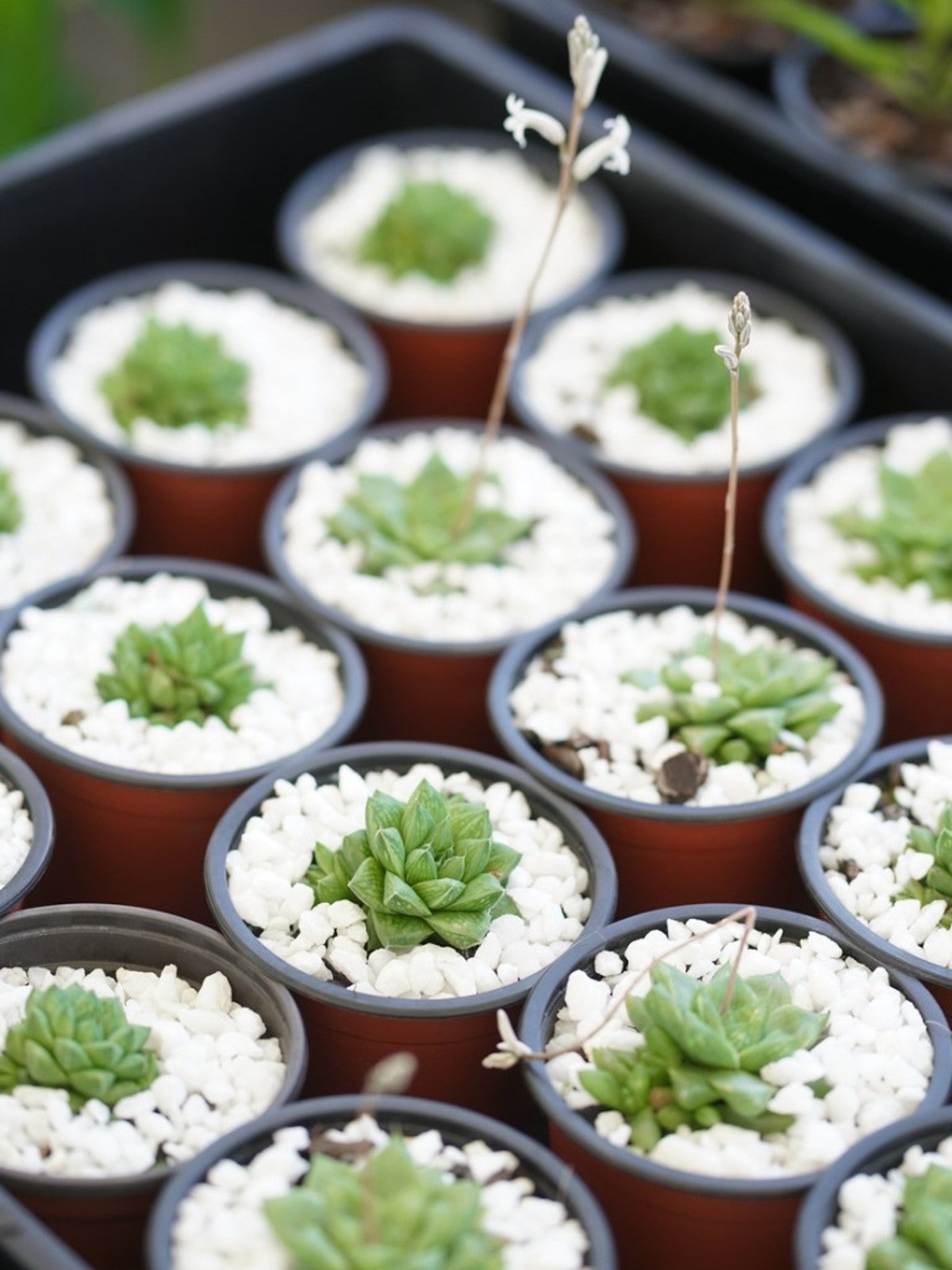 What Is A Succulent Starter Kit - Best Succulent Starter Kits
What Is A Succulent Starter Kit - Best Succulent Starter KitsWhile garden kits are not the most inexpensive option for growing succulents, they do include everything you’ll need. Grow succulents from seed by using a succulent seed starter kit to learn the process and to check your results.
By Becca Badgett
-
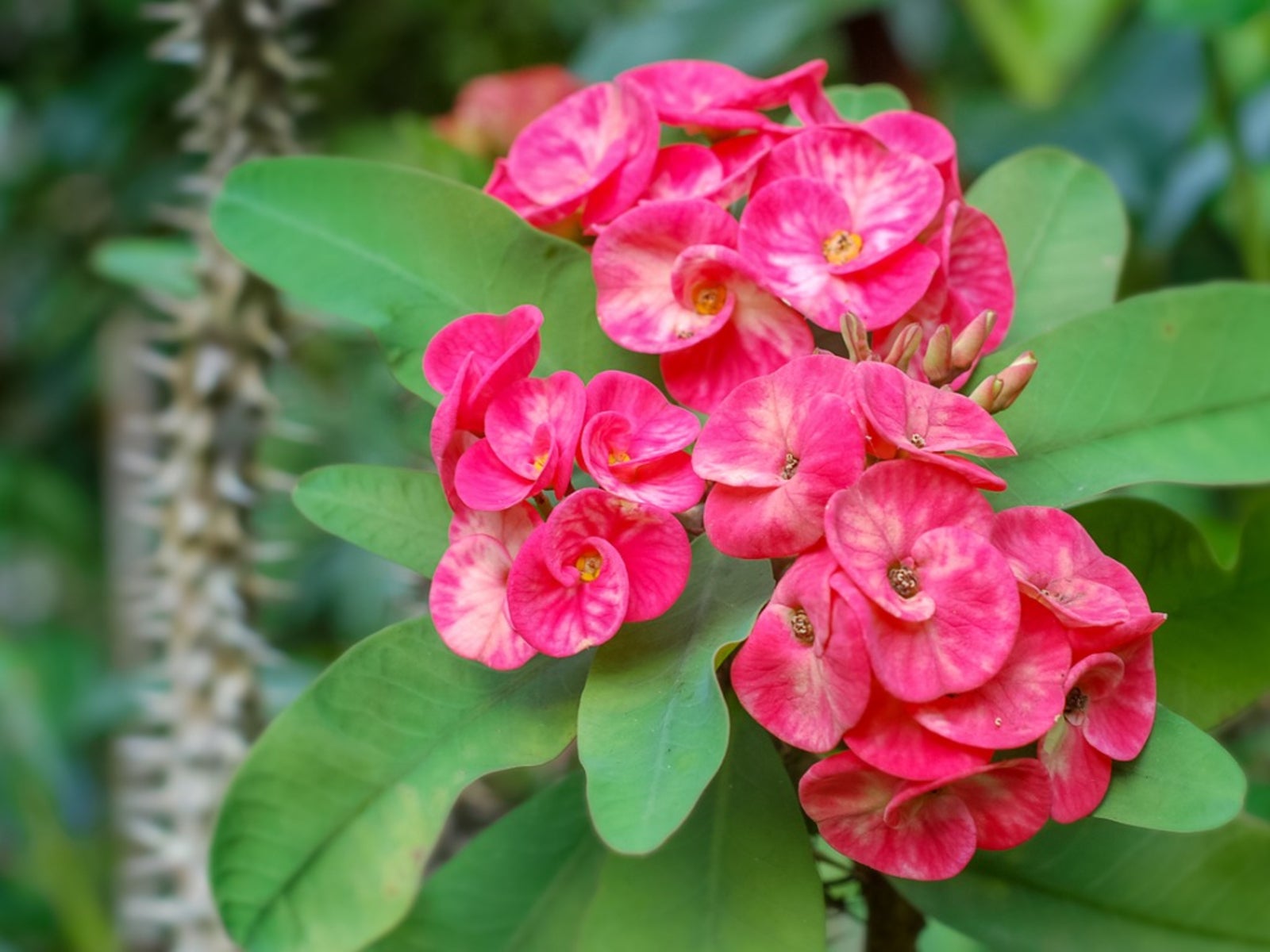 Dazzling Succulents - Succulents With Striking Flowers
Dazzling Succulents - Succulents With Striking FlowersWhen you think of succulents you may just envision their unique leaves and stems. But succulents also produce bright and bold flowers in the right conditions. Read on to learn more.
By Bonnie L. Grant